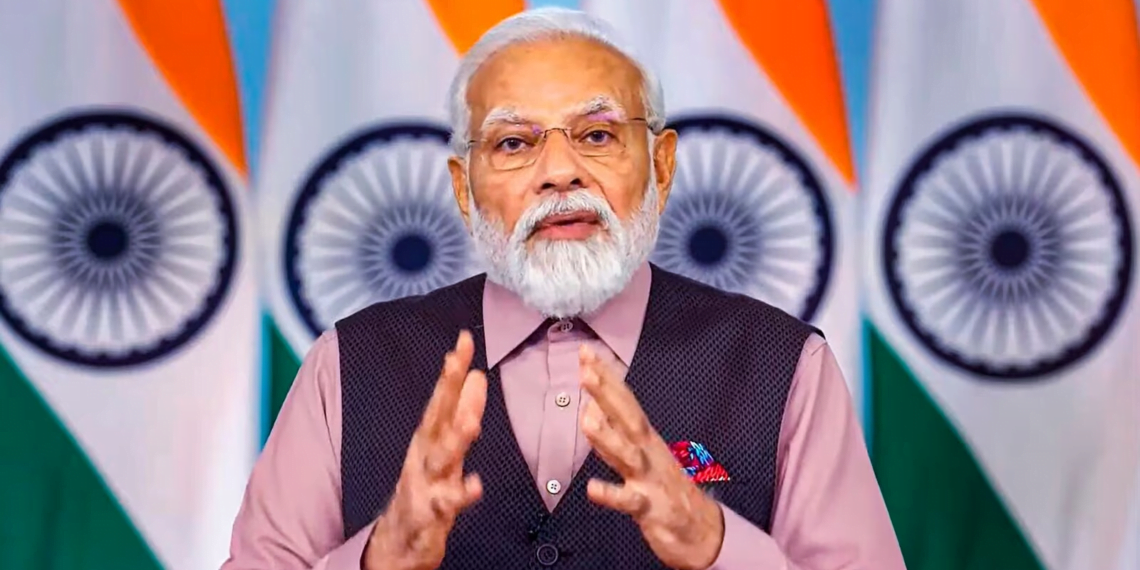01
of 04The Good
- Modi’s economic goals include doubling the size of the economy to $6.69 trillion by 2030, up from around $3.51 trillion currently. This reflects a commitment to substantial growth and development.
- The plan also targets raising per capita income to $4,418 from the current $2,500 over the next six years. This aims to improve the standard of living for the people of India.
- Additionally, the government aims to increase exports of goods and services to $1.58 trillion by 2030, potentially boosting India’s presence in the global trade arena.
- The focus on enhancing workforce skills and vocational training, along with improving literacy rates and reducing unemployment, indicates a comprehensive approach to economic development.
02
of 04The Bad
- Achieving such ambitious targets will be challenging, as acknowledged by independent economists. Sustained growth rates of 6%-6.5% over the next seven years, coupled with inflation management, are necessary but difficult to attain.
- Critics argue that the plan lacks specific details on necessary reforms and investments to realize these goals. Without clear strategies, the targets may remain aspirational rather than achievable.
- Concerns persist regarding job creation and rural distress, with opposition parties highlighting the disparities between economic growth and social welfare outcomes.
03
of 04The Gist
- Modi’s economic vision underscores his commitment to propelling India towards becoming a global economic powerhouse. However, realizing these ambitions will require concerted efforts and effective policy implementation.
- The emphasis on skill development, education, and reducing unemployment signals a recognition of the multifaceted nature of economic growth.
- While the targets set by the government are ambitious, they must be accompanied by concrete plans and reforms to address existing challenges and ensure inclusive growth.
04
of 04NaMo’s New Goals

Prime Minister Narendra Modi has revealed an ambitious economic roadmap for India, aiming to double the nation’s economy and exports within the next decade. This announcement comes amid preparations for a national election, with Modi expressing confidence in securing a third term in office.
Modi’s economic vision entails doubling India’s economy to $6.69 trillion by 2030, from the current $3.51 trillion. Additionally, the plan aims to raise per capita income to $4,418 within the next six years. Furthermore, the government targets increasing exports of goods and services to $1.58 trillion by 2030, with a goal of doubling India’s share in global trade.

While these goals showcase a commitment to economic growth and development, critics argue that achieving such ambitious targets will be challenging. Sustained high growth rates and effective policy implementation are necessary but may prove difficult in a rapidly changing global economic landscape.
Criticism also revolves around the lack of detailed strategies in the plan. Without clear policy frameworks and concrete action plans, achieving the targets may remain aspirational rather than attainable.

Despite these challenges, Modi’s economic vision underscores a commitment to positioning India as a major player on the global stage. As the nation prepares for the upcoming national election, the economic agenda set forth by Modi’s government will likely be a central focus for voters.
The success of these initiatives will not only shape India’s economic future but also its role in the global arena, highlighting the significance of effective policy implementation and stakeholder collaboration.





































































